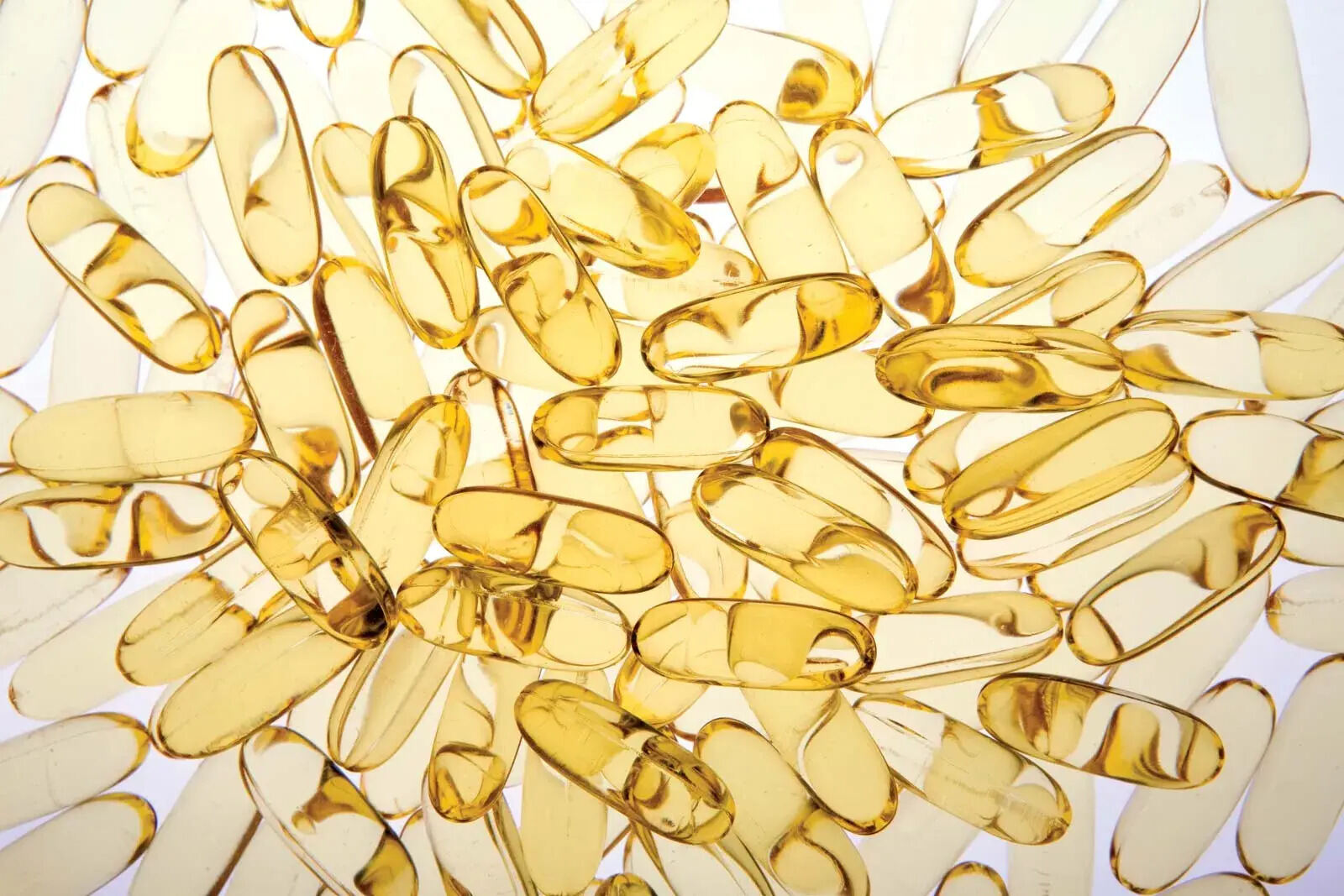
What is Hemerythrin? Hemerythrin is a protein found in some marine invertebrates that transports oxygen. Unlike hemoglobin, which uses iron in a heme group, hemerythrin binds oxygen directly to iron atoms. This protein is less common than hemoglobin but plays a crucial role in the respiration of certain worms, brachiopods, and some other sea creatures. Its unique structure and function make it a fascinating subject for scientists studying alternative oxygen transport mechanisms. Understanding hemerythrin can shed light on the diversity of life and how different organisms have evolved to survive in various environments. Dive into these 40 facts to learn more about this intriguing protein!
Key Takeaways:
- Hemerythrin is a unique protein found in some marine invertebrates, helping them survive in low-oxygen environments. Its color change and evolutionary significance make it a fascinating subject for scientific study.
- Scientists are exploring hemerythrin for potential use in bioengineering, oxygen-carrying materials, and biosensors. Understanding this protein could lead to advancements in medical and environmental technologies.
What is Hemerythrin?
Hemerythrin is a fascinating protein found in some invertebrates. Unlike hemoglobin, which carries oxygen in most animals, hemerythrin serves a similar purpose but with some unique twists.
- Hemerythrin is found in marine invertebrates like some worms and brachiopods.
- It binds oxygen using iron, but not in the same way as hemoglobin.
- This protein is colorless when deoxygenated and turns violet-pink when oxygenated.
- Hemerythrin is less efficient at oxygen transport compared to hemoglobin.
- It is typically found in the blood cells or coelomic cells of these invertebrates.
Hemerythrin's Unique Structure
The structure of hemerythrin sets it apart from other oxygen-binding proteins. Its unique configuration allows it to function in specific environments.
- Hemerythrin has a binuclear iron center, meaning it uses two iron atoms to bind oxygen.
- The protein consists of eight alpha helices that create a protective environment for the iron center.
- Unlike hemoglobin, hemerythrin does not have a heme group.
- The iron atoms in hemerythrin are directly coordinated to the protein through histidine residues.
- This structure helps hemerythrin function effectively in low-oxygen environments.
Hemerythrin in Different Species
Different species have adapted hemerythrin for their specific needs. This protein's versatility is evident in its various forms and functions.
- Some marine worms use hemerythrin to survive in oxygen-poor sediments.
- Brachiopods, which are ancient marine animals, also rely on hemerythrin for oxygen transport.
- Certain species of sipunculid worms have hemerythrin in their coelomic fluid.
- Hemerythrin can be found in both free-floating and cell-bound forms in different species.
- The presence of hemerythrin in these species suggests an evolutionary adaptation to specific ecological niches.
Hemerythrin's Role in Oxygen Transport
Hemerythrin plays a crucial role in transporting oxygen within the bodies of the organisms that possess it. Its function is vital for their survival.
- Hemerythrin binds oxygen molecules and transports them to tissues that need it.
- It releases oxygen when the surrounding oxygen concentration is low.
- This protein helps maintain cellular respiration in environments where oxygen is scarce.
- Hemerythrin's oxygen-binding capacity is influenced by pH and temperature.
- The protein's efficiency can vary between species, depending on their habitat.
Hemerythrin vs. Hemoglobin
While both hemerythrin and hemoglobin transport oxygen, they do so in different ways. Comparing these proteins highlights their unique features.
- Hemoglobin uses a heme group with iron to bind oxygen, while hemerythrin uses a binuclear iron center.
- Hemerythrin is less efficient at oxygen transport than hemoglobin.
- Hemoglobin is found in vertebrates, whereas hemerythrin is found in some invertebrates.
- Hemerythrin changes color from colorless to violet-pink when oxygenated, unlike hemoglobin, which turns red.
- The oxygen-binding mechanism of hemerythrin is more sensitive to environmental changes than hemoglobin.
Evolutionary Significance of Hemerythrin
The presence of hemerythrin in certain species provides insights into evolutionary biology. It shows how different organisms have adapted to their environments.
- Hemerythrin likely evolved as an adaptation to low-oxygen environments.
- Its presence in ancient marine animals like brachiopods suggests it has been around for millions of years.
- The protein's structure has remained relatively unchanged, indicating its effectiveness.
- Hemerythrin's evolution may have been driven by the need for efficient oxygen transport in specific niches.
- Studying hemerythrin can help scientists understand the evolutionary pressures faced by early marine organisms.
Hemerythrin in Modern Research
Modern research on hemerythrin has uncovered new applications and potential uses. Scientists continue to explore this protein's properties.
- Hemerythrin is being studied for its potential use in bioengineering and synthetic biology.
- Researchers are investigating its role in developing new oxygen-carrying materials.
- The protein's unique structure makes it a model for studying protein folding and stability.
- Hemerythrin's sensitivity to environmental changes is useful for designing biosensors.
- Understanding hemerythrin can lead to advancements in medical and environmental technologies.
Fun Facts about Hemerythrin
Hemerythrin has some interesting and lesser-known aspects that make it a captivating subject of study.
- Hemerythrin was first discovered in the 1930s in marine worms.
- The name "hemerythrin" comes from the Greek words for blood (haima) and red (erythros), even though it turns violet-pink.
- Some species with hemerythrin can survive in environments with less than 1% oxygen.
- Hemerythrin's color change upon oxygenation can be used as a natural indicator of oxygen levels.
- Despite its lower efficiency, hemerythrin's stability makes it advantageous in certain extreme environments.
Hemerythrin: The Unsung Hero of Oxygen Transport
Hemerythrin, though less known than hemoglobin, plays a vital role in oxygen transport for certain marine invertebrates. This iron-containing protein, found in creatures like sipunculids and brachiopods, binds oxygen without the need for heme groups. Its unique structure and function make it a fascinating subject for scientific study.
Understanding hemerythrin not only broadens our knowledge of biological diversity but also sheds light on the evolutionary adaptations of marine life. This protein's ability to efficiently transport oxygen in low-oxygen environments highlights nature's ingenuity.
So, next time you think about oxygen transport, remember hemerythrin. It's a reminder that even the smallest, most overlooked components of nature can have a significant impact. Whether you're a student, a scientist, or just a curious mind, hemerythrin offers a glimpse into the incredible complexity of life beneath the waves.
Frequently Asked Questions
Was this page helpful?
Our commitment to delivering trustworthy and engaging content is at the heart of what we do. Each fact on our site is contributed by real users like you, bringing a wealth of diverse insights and information. To ensure the highest standards of accuracy and reliability, our dedicated editors meticulously review each submission. This process guarantees that the facts we share are not only fascinating but also credible. Trust in our commitment to quality and authenticity as you explore and learn with us.


